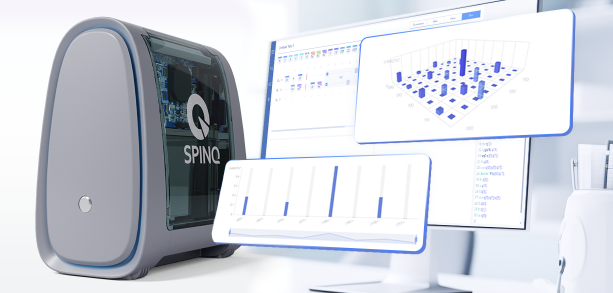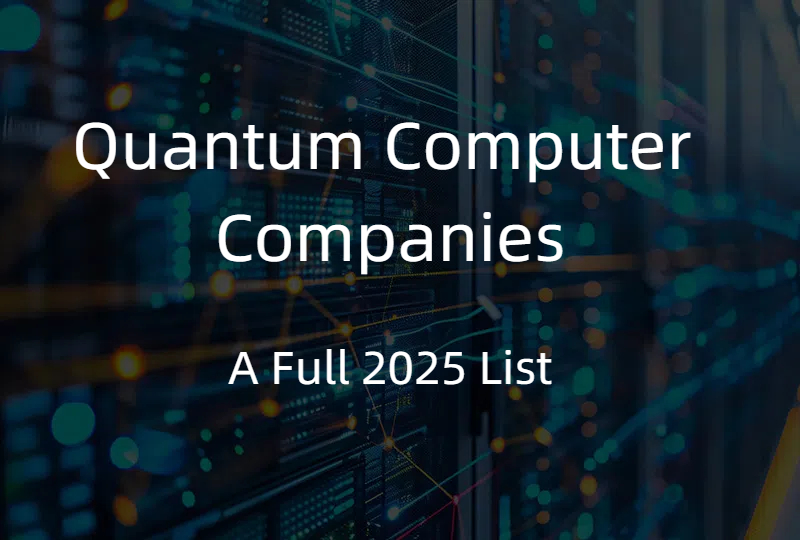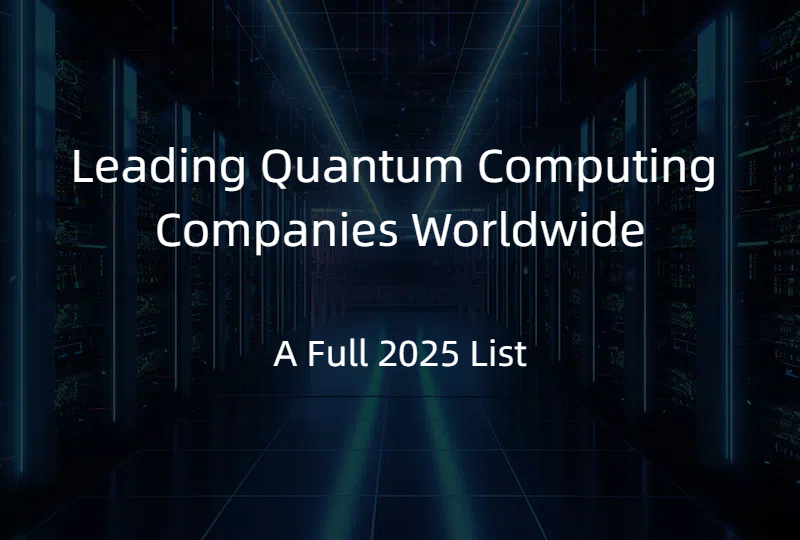How to Learn Quantum Computing: A Complete Beginner's Roadmap Using Real Quantum Devices
2025.11.18 · Blog quantum computing learn
Learning quantum computing has become a global priority for students, educators, and industries. As the demand for practical skills continues to rise, more people are searching for effective quantum computing learn pathways that go beyond theory. SpinQ's hardware ecosystem—covering NMR quantum systems, superconducting quantum chips, and cloud platforms—provides a complete and accessible foundation for anyone beginning their journey.
This guide presents a realistic roadmap to help you understand how to make quantum computing learn efficiently, hands-on, and industry-ready.

Why Learning Quantum Computing Matters Today
Quantum computation plays an increasingly important role in scientific research, finance, biomedicine, and AI. While interest is high, many learners struggle to find clear starting points that make quantum computing learn approachable. Most online materials focus heavily on theory, leaving a gap between conceptual understanding and real-world practice.
SpinQ bridges this gap by offering real quantum devices for education and research, helping beginners experience authentic quantum operations early in their learning curve.
Understanding the Basics Before You Begin
Before diving into hardware, learners must understand the fundamental ideas driving quantum algorithms:
-
Superposition and entanglement
-
Qubits vs. classical bits
-
Quantum gates and circuits
-
Measurement and decoherence
These core concepts help ensure your quantum computing learn progression remains smooth and structured. Understanding these basics makes hands-on training far more intuitive, especially when using real hardware such as SpinQ's NMR quantum systems.
Step 1: Build a Strong Foundation With Beginner-Friendly Resources
To make quantum computing learn effective, you need a simple and structured entry point. Introductory courses, visualization tools, and basic circuit simulators can help learners understand abstract quantum logic.
However, simulators have limitations—they cannot show hardware noise, pulse behavior, or real qubit performance. That is why SpinQ's NMR solutions serve as the ideal next step once foundational concepts are understood.
Step 2: Learn Quantum Computing Through Real NMR Devices
Hands-on experience dramatically accelerates quantum computing learn progress. SpinQ's NMR machines provide real qubits in a stable room-temperature environment, letting learners practice actual gate operations and see how real qubit behavior differs from simulations.
SpinQ's NMR product line includes:
-
SpinQ Mini / Mini Pro for teaching quantum basics
-
Gemini Lab for advanced classroom and research-level experiences
-
Triangulum Ⅱ for high-level educational experimentation
These devices allow students to:
-
run quantum circuits
-
observe decoherence and real noise
-
perform algorithmic demonstrations
-
understand real-world constraints of quantum hardware
This hands-on interaction shows why NMR is the most accessible physical platform for the quantum computing learn journey.
Step 3: Expand Skills With Cloud-Based Quantum Learning
Cloud resources make quantum computing learn accessible anywhere. SpinQ Cloud provides:
-
real 2–8 qubit NMR machines
-
a 24-qubit simulator
-
the SpinQit development environment
-
browser-based access for schools and teams
Through SpinQ Cloud, learners can run experiments at scale, practice algorithm design, and compare different qubit behaviors without physical access to hardware. This flexible platform is particularly valuable for classrooms, training centers, and remote learners.
Cloud access also enables consistent progress, reinforcing the practical side of quantum computing learn.
Step 4: Progress to Advanced Learning With Superconducting Systems
Once learners master foundational operations, the next stage in the quantum computing learn roadmap is understanding cutting-edge platforms like superconducting systems.
SpinQ's superconducting architecture includes:
-
The "SPINQ QPU C Series" superconducting quantum chip
-
long coherence times and high Qi value
-
cryogenic operation at 20mK
-
scalable measurement & control systems
These systems represent the industrial direction of quantum computing. Exploring superconducting circuits helps learners understand advanced algorithms, error mitigation, gate calibration, and scaling challenges—all essential for expert-level mastery.
This step allows quantum computing learn to evolve into research-grade capability.
.jpg)
Step 5: Apply Your Skills to Real Industry Fields
Understanding quantum systems enables meaningful applications in real industries:
Finance
Portfolio optimization, risk modeling, and simulation.
Biomedicine
Quantum-enhanced molecular analysis and drug discovery.
AI & Data Science
Hybrid quantum–classical models and optimization routines.
Scientific Research
Algorithm exploration, noise studies, and benchmark experiments.
Across these areas, practical knowledge accelerates how well quantum computing learn translates into real-world problem-solving.
Building Your Complete Learning Plan
A mature quantum computing learn roadmap includes:
Beginner stage:
Basics of qubits + entry-level algorithms
SpinQ Mini or Mini Pro
Intro cloud experiments
Intermediate stage:
Multi-qubit operations
Gemini Lab or Triangulum Ⅱ
Advanced cloud circuits
Advanced stage:
Superconducting chip "QPU C Series"
Pulse-level understanding
Research-level projects
This structured path ensures learners progress smoothly from theory to hardware-driven mastery.
Conclusion: Making Quantum Learning Practical and Accessible
Real quantum devices are the missing link in most quantum computing learn journeys. SpinQ's full-stack ecosystem—NMR systems, cloud platforms, and superconducting quantum technology—gives learners a complete, scalable path from beginner-level practice to research-grade development.
Whether you are a student, educator, or enterprise professional, this roadmap ensures your quantum computing learn experience is hands-on, comprehensive, and aligned with future industry needs.
Featured Content






